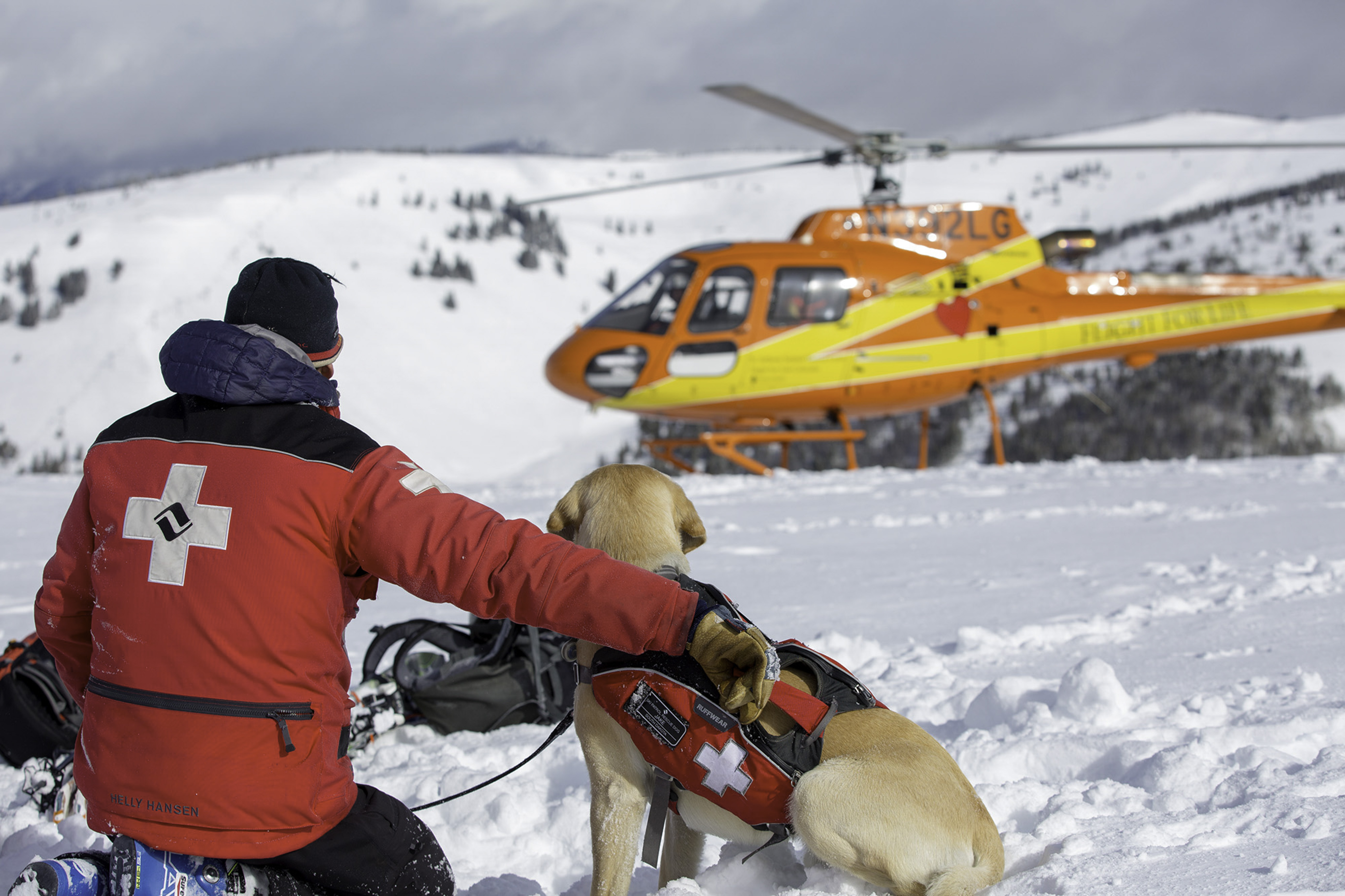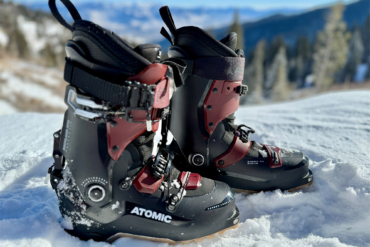Atomic’s Redster WC CTD continually evaluates its ability to protect your melon over time and lets someone know if you take a hard fall.
If I hit my head when I am wearing my ski helmet, I’m aware of it. But if I drop my helmet out of the car or it falls off the ski lodge table, I don’t always remember. And though I might be aware that my helmet has some impact, I don’t have a way to quantify what happened to me when I crashed or when my helmet fell. I replace my helmet when it looks banged up, but I don’t know if I’m waiting too long or cutting my helmet’s life short.
Atomic’s Redster WC CTD helmet addresses all those issues. The helmet’s standout technology is the new Shocksense impact sensor, which monitors the helmet’s condition through five impact-detection zones.

Using a three-axis accelerometer, the helmet records and assesses the location and force of any impact on the helmet while evaluating whether the helmet is still protecting the skier. It also provides impact data to assist with injury diagnosis.
Research shows that a concussion can be the result of one hard impact or multiple impacts that are less severe.
This helmet tracks all impacts up to 200G with a sampling rate of up to 15,000 hertz through the sensor, which is built into the crown of the head. The sensor measures and records impacts, and then it transmits that data to Atomic’s Shocksense app on your phone.
It also has memory, so if you crash while skiing and you don’t have your phone, it saves that data until your phone is back in range and it can upload the info via BLE.
Paired with Atomic’s Shocksense app, the helmet tracks impacts both on snow and off. And it gives you a green, yellow, or red rating to let you know if the helmet is still safe, or whether it needs replacing.
The app also displays an impact graph over time, with the date, time, and severity of each impact. And you can enter an emergency contact in the app. So, in the event of a severe impact, the helmet texts your contact with a Google Maps link to your location.
The app tells you the overall status of your helmet — whether it’s OK or damaged based on the data from each impact zone.
Years in the Making: Atomic Redster Helmet Features
According to Peter Wirthenstaetter, the director of Atomic’s Protection and Gear Unit, the WC CTD helmet has been in development for 2.5 years. Atomic continues to test the helmet on different surfaces and to push toward helmet safety standards that reflect real-world impacts.
While the helmet collects data for the user, it doesn’t share that data with Atomic. Wirthenstaetter says they wanted to keep the system as simple, light, and failproof as possible.
For the helmet sensor to be active, you must turn it on. And when you first turn it on, you need to pair it with your phone. Turn it on and leave it on, and the CR2450 water battery will last around 60 days. It’s both easy and affordable to replace.
Atomic has had Redster helmets before. This one has a new lightweight carbon Racecase shell for improved defense against head injury. It also has Atomic’s AMID foam system, which gives the helmet up to 40% greater impact protection than industry standard foams. Finally, a new 360-degree RS Fit System lets you customize this helmet’s head shape for a personalized feel.
The Redster WC CTD (with the Racecase carbon shell) is $760. An FIS-certified ABS Hardshell version with the same functionality is also available for $460. You can check both versions of the helmet out at Atomic.










